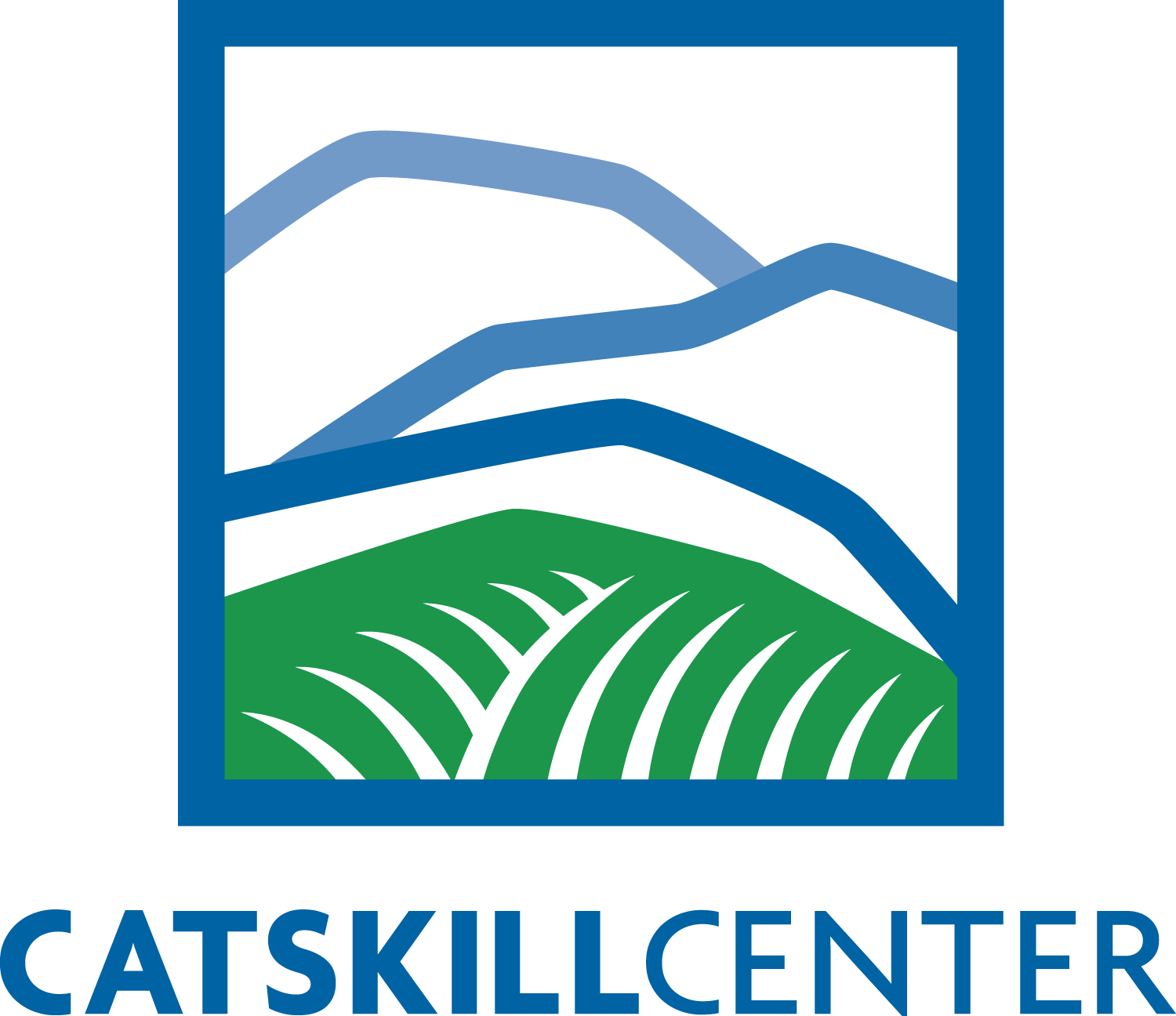The Best Local Spot to Spot the Baltimore Checkerspot
Catskill Center’s Thorn Preserve provides an expanse of grassland habitat that supports a fantastic collection of butterflies. An incredible 32 butterfly species have been documented on the Preserve, and one butterfly that thrives here is the Baltimore checkerspot (Euphydryas phaeton). During the annual North American Butterfly Association (NABA) Count conducted on June 28, 2020 at Thorn Preserve, citizen scientists estimated there were 3,500 Baltimore checkerspot adults flying that one day.
Like other butterflies, a Baltimore checkerspot undergoes complete metamorphosis and has three distinct life stages. The adult Baltimore checkerspot butterfly has four black wings with white and orange markings. The wingspan is less than 2.5 inches. Adult Baltimore checkerspots feed on nectar from flowering plants that bloom during their flight period, such as milkweeds, dogbane, mountain mint species, wild rose, and wild blackberry.
From June to July, adult Baltimore checkerspots mate, and the females lay clusters of 100- 700 eggs on the underside of a single leaf. Then the adults die. When the eggs hatch, each black-headed caterpillar has alternating bands of black and yellow on its body, with spines protruding from the alternating bands. Checkerspot caterpillars feed voraciously on English plantain and beardtongue plants through the summer. They remain on the plants until the first freeze and then seek shelter in the dead grass and leaf litter to overwinter, which is different from most other native butterflies and moths. The checkerspot caterpillars that survive become active again in late spring when they pupate in a white chrysalis with bright orange-yellow and black markings. Within two weeks, the checkerspot emerges as an adult butterfly, and the cycle repeats.
Interestingly, the Baltimore checkerspot, a native species that primarily depended on a native plant, turtlehead (Chelone glabra), as its host plant, has adapted to feed on non-native plants - English plantain and common plantain. Since plantain is abundant in the meadows of the Thorn Preserve, and because the Catskill Center schedules its yearly mowing after the caterpillars move into the leaf litter, we hope to continue to support a burgeoning population of Baltimore checkerspots. If you’d like to see a profusion of checkerspots, take a walk along the Thorn Preserve trails in late June. Hopefully you’ll be treated to the annual flight of this striking butterfly.
Photo courtesy of Steve Chorvas

